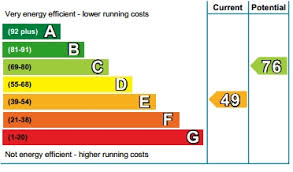Always good to see new products come out especially when they give our property investor clients flexibility.
It’s a two year tracker mortgage and within the two years you can:
– Sell the property
– Lock into a fixed rate with the lender
No early repayment charges on either option.
This will appeal to property investors and developers who are happy to tenant new developments, before selling as well as giving existing investors the ability to track, fix or even sell during the initial term.
Available from today as a limited-edition, two-year discounted tracker across buy-to-let and semi-commercial.
Available for:
- HMOs (no maximum number of rooms)
- MUFBs (no maximum number of units)
- Short-term, holiday and Airbnb lets
- Serviced accommodation
- DSS, vulnerable tenants
- Asylum Seeker





















